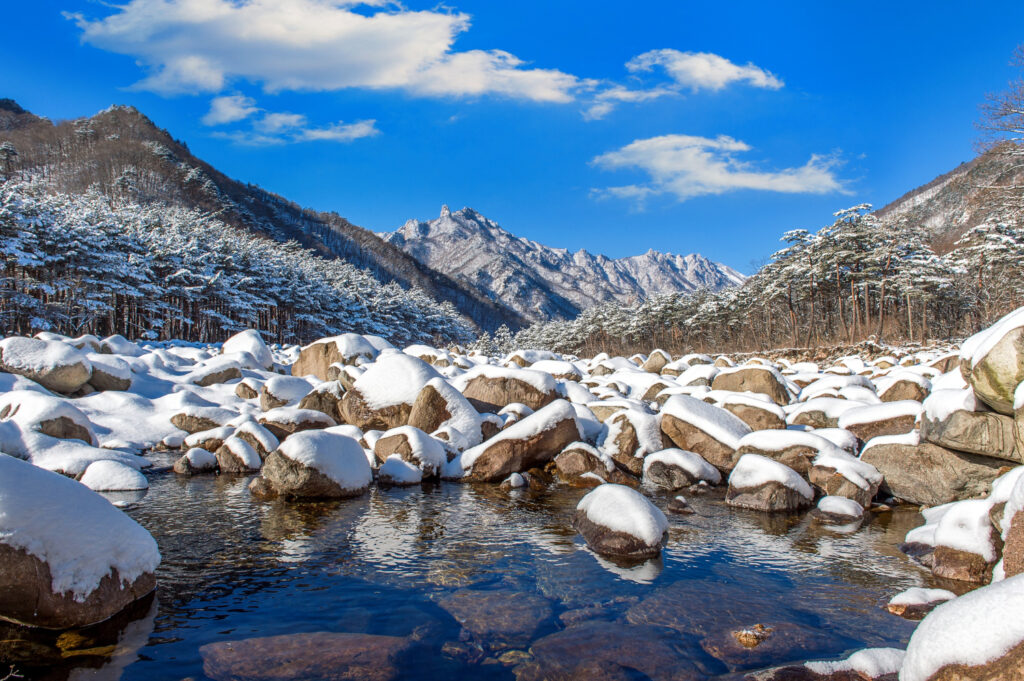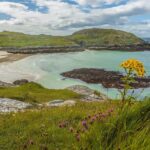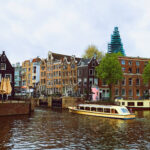Snowdonia National Park, located in the heart of Wales, is a hiker’s paradise. With its rugged mountains, pristine lakes, and stunning landscapes, it offers a wide range of hiking opportunities for outdoor enthusiasts of all levels. In this blog, we’ll explore the best hiking trails, provide valuable tips for a successful hike, and highlight the natural wonders that make Snowdonia a must-visit destination for any nature lover.
1. Hiking Trails in Snowdonia National Park
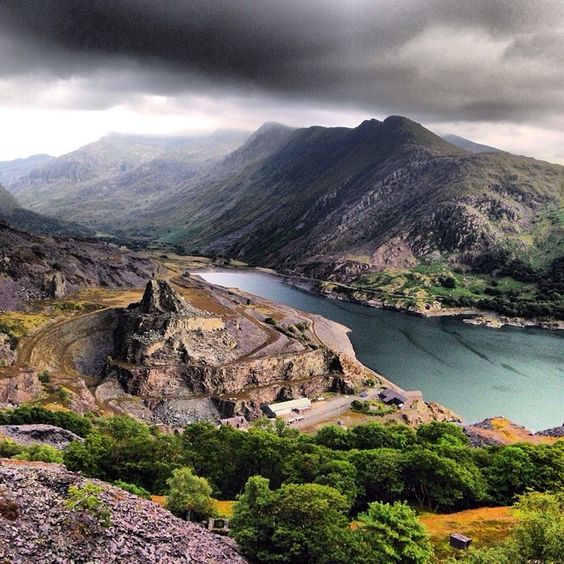
a. Snowdon (Yr Wyddfa) – The Highest Peak in Wales
If you’re looking for a challenging and iconic hike, conquering Snowdon, also known as Yr Wyddfa, is a must. Standing at 3,560 feet (1,085 meters), it’s the highest peak in Wales and offers several paths to the summit. The Llanberis Path is the most popular, providing a gradual ascent and breathtaking views. The Pyg Track and Miners’ Track offer slightly steeper options with diverse scenery. For a real adventure, the Watkin Path is the most challenging, rewarding you with the sight of cascading waterfalls and the stunning Gladstone Rock.
b. Tryfan – A Mountain of Legends
Tryfan is a rugged, pyramid-shaped mountain that’s famous for its distinctive appearance and challenging routes. The classic Tryfan North Ridge scramble is a thrilling experience, requiring a head for heights and some scrambling skills. Once at the summit, you’ll be rewarded with magnificent views across Snowdonia. For a less technical climb, explore the south-facing slopes via the Heather Terrace path.
c. Cader Idris – The Giant’s Chair
Cader Idris, also known as the “Chair of Idris,” is a mountain steeped in Welsh folklore. It offers a range of hiking options, from the moderate Pony Path to the more challenging Fox’s Path and the Minffordd Path. The summit provides stunning views of the Mawddach Estuary and the surrounding peaks, making it a rewarding journey.
d. Glyder Fawr and Glyder Fach – The Glistening Giants
The Glyderau, a range of mountains in Snowdonia, is home to two prominent peaks: Glyder Fawr and Glyder Fach. The ascent from the Pen-y-Pass car park provides access to both summits. The “Cwm Idwal” hike showcases stunning glacial landscapes and a crystal-clear lake, while the ascent to the “Castell y Gwynt” (Castle of the Winds) is known for its unique rock formations and impressive panoramic views.
2. Tips for a Successful Hike in Snowdonia

Before you embark on your Snowdonia adventure, it’s essential to be well-prepared. Here are some tips to ensure a successful and enjoyable hike:
a. Check the Weather
Weather conditions in Snowdonia can change rapidly, so always check the forecast before setting out. It’s essential to be prepared for rain, fog, or even snow at any time of the year.
b. Plan Your Route
Choose a trail that suits your fitness level and experience. There are routes for beginners and experienced hikers, so pick one that aligns with your capabilities and goals.
c. Gear Up
Ensure you have the right equipment, including sturdy hiking boots, waterproof clothing, a map, a compass, and, if necessary, a GPS device. Don’t forget to pack enough food and water to keep you energized and hydrated throughout the hike.
d. Notify Someone
Let someone know about your hiking plans, including your chosen trail and expected return time. This way, if you encounter any problems, someone will be aware of your whereabouts.
e. Follow the Countryside Code
Respect the natural environment by staying on marked paths, taking your litter with you, and closing gates behind you. Snowdonia is not only a hiker’s paradise but also a place of ecological significance.
3. Natural Highlights of Snowdonia
Snowdonia National Park isn’t just about hiking; it’s also a place of remarkable natural beauty. Here are some of the park’s top natural highlights:
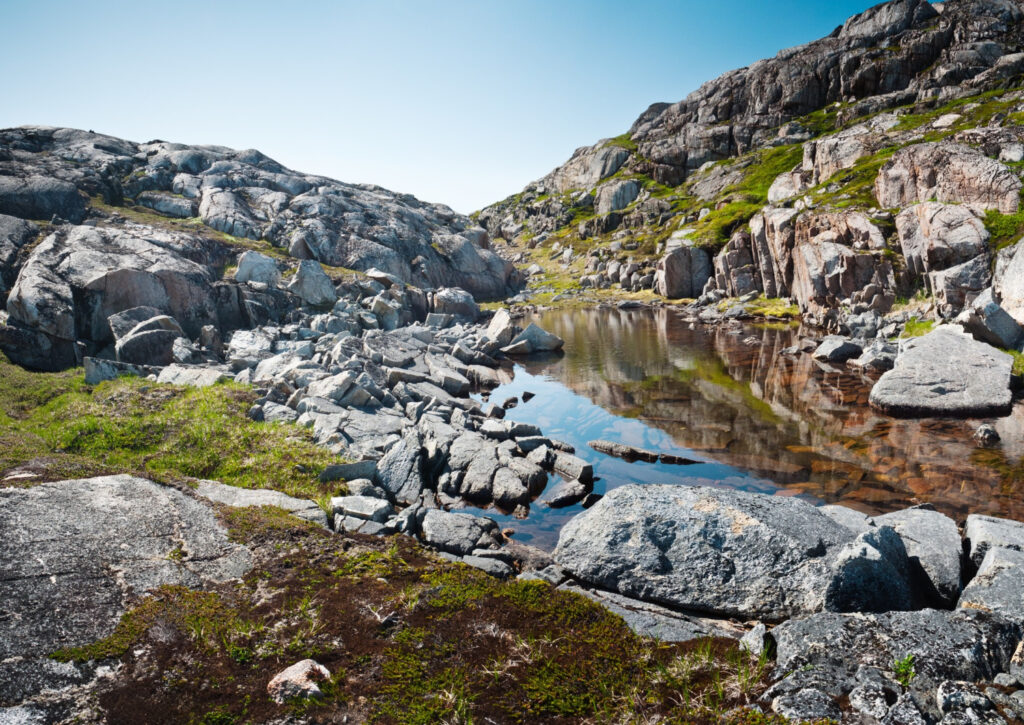
a. Llyn Tegid (Bala Lake) – Wales’ Largest Natural Lake
Bala Lake, also known as Llyn Tegid, is the largest natural lake in Wales. It’s a serene and picturesque destination for kayaking, fishing, or simply enjoying a lakeside picnic.
b. Swallow Falls – Nature’s Cascade
Swallow Falls, near Betws-y-Coed, is one of the most beautiful waterfalls in the UK. It’s easily accessible and offers a short and delightful walk through a lush forest to witness the cascade in all its glory.
c. Llyn Ogwen – A Stunning Alpine-Like Lake
Nestled beneath the Glyderau and Tryfan, Llyn Ogwen is a striking glacial lake surrounded by dramatic mountain scenery. It’s an ideal spot for a leisurely walk and offers a chance to appreciate Snowdonia’s natural wonders.
d. Aber Falls – The Waterfall of Abergwyngregyn
Aber Falls is a magnificent 120-foot (37-meter) waterfall nestled in a charming valley. The walk to Aber Falls is relatively easy, making it accessible to hikers of all levels. The sight and sound of the cascading water are a true treat for the senses.
In conclusion, Snowdonia National Park is a hiker’s paradise with a variety of trails catering to different skill levels. When hiking in Snowdonia, remember to check the weather, plan your route, gear up appropriately, notify someone of your plans, and always follow the countryside code to protect the park’s pristine environment. While exploring the park, take time to appreciate its natural highlights, from stunning lakes and waterfalls to rugged mountains and unique rock formations. So, lace up your hiking boots and prepare for an unforgettable adventure in the heart of Wales. Snowdonia awaits your exploration!
